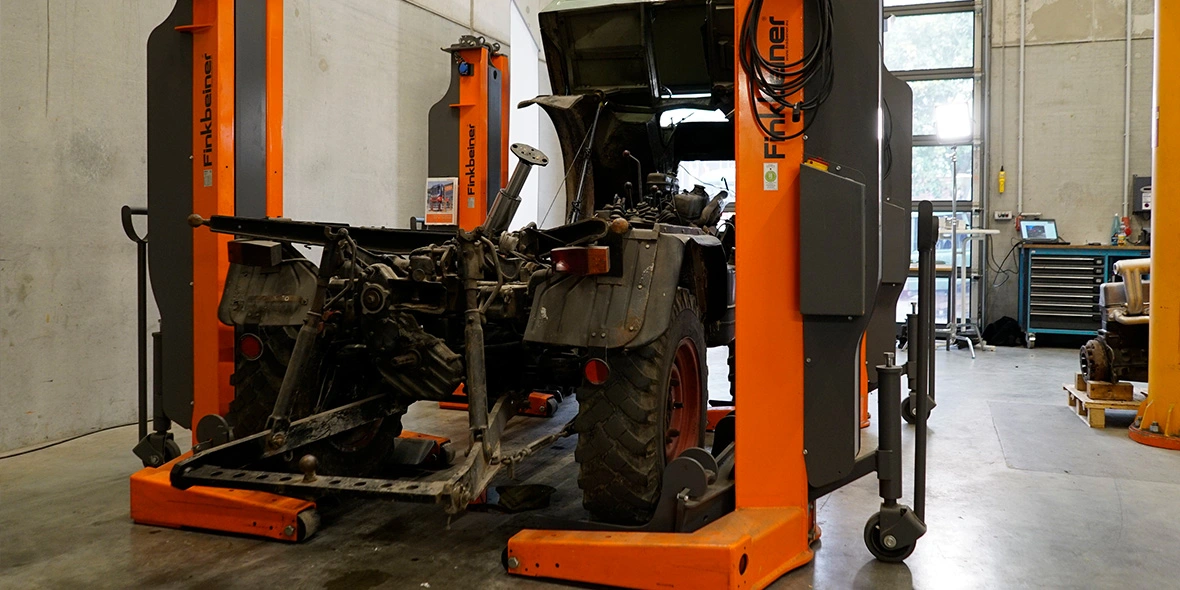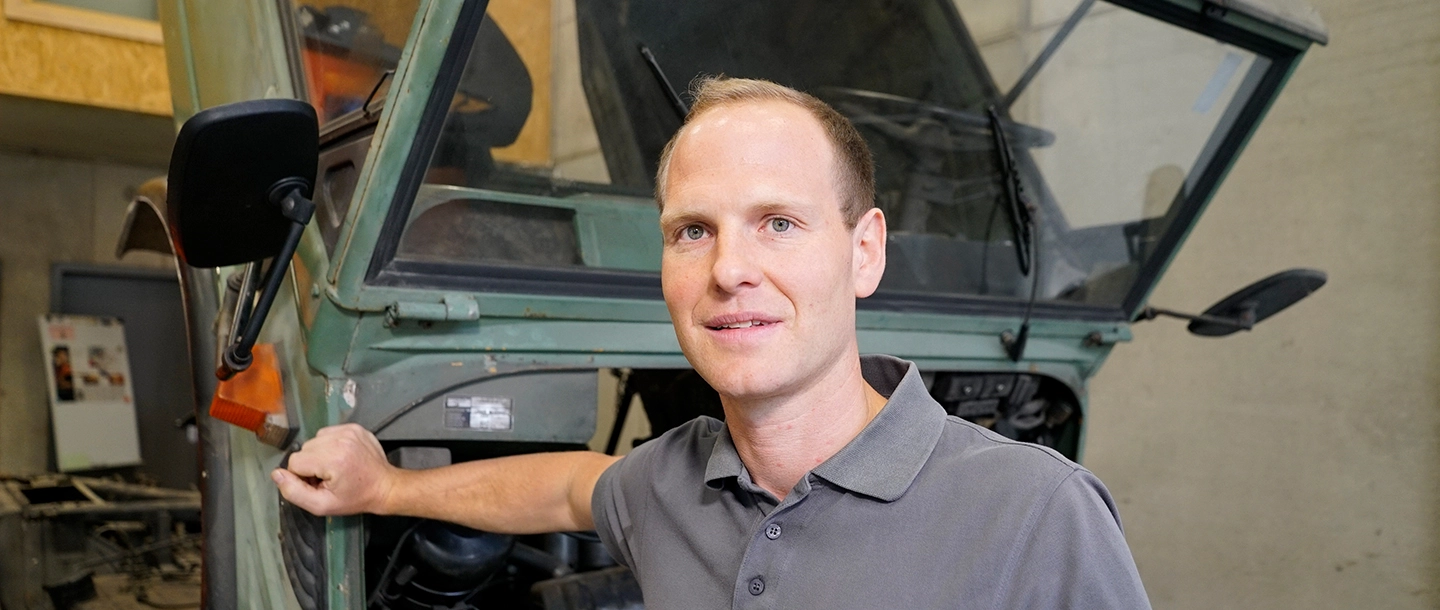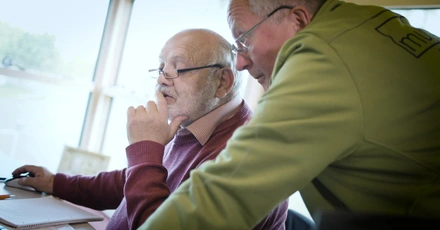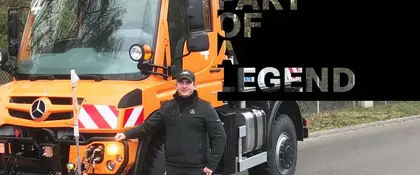The Unimog Club’s repair courses convey technical know-how.
The Unimog Club’s technical courses are very much in demand – among fans and Unimog owners alike. No wonder, as the two-day training courses in the workshop at the Unimog Museum in Gaggenau have a huge amount of theory and hands-on practical know-how in store for the participants. Even experienced Unimog users can learn a thing or two. And this is certainly worth it, as over 25 years of service are not uncommon for the Unimog.
The aim: to replace superficial knowledge with in-depth knowledge.
The demand is huge – as Daniel Müller explains. “Because it goes without saying that with 7,000 members in the Unimog Club and many more fans, they are not all experts.” With their courses the Technical Director of the Unimog Museum and his two project partners Karl Leib and Lukas Schmeiser want to deepen that superficial knowledge. “We want to create the opportunity for them to gain important insights into the technical features of the Unimog,” the 36-year-old explains.
And they value it: ever since the first course in 2020, every training session has been fully booked. “We’re actually struggling to keep up with demand,” says Daniel Müller, expressing his delight at the popularity of the courses. “This is why we always put the courses on whenever we have the time.” The three teachers display tremendous dedication in their work for the Unimog Museum.

Concentrated know-how and exciting encounters.
The two-day courses are flexible in terms of content. The course leaders prepare for the participants and – where applicable – their vehicles, on an individual basis. And they sometimes arrange for suitable Unimog models in the run-up to the training.
Currently there are specific courses on the Unimog U 406 and Unimog U 421. But due to the good feedback there are also further refresher and advanced courses planned (on transmissions and axles).
Should it be the case that an owner of a particular Unimog ends up on another course, then that is never a problem. We always try and involve all the participants,” says Daniel Müller. “This is why we hold a round of introductions and questions after the welcome. That is how we find out exactly how tech-savvy people are, and about their particular Unimog. We ask them about the technical state, the engine and year of construction.’’
The results of the Q&A session then find their way directly into the theory section of the course. "First of all we take a look at the history of the Unimog in question. Why has this particular model come, what are its special features? We go into the maintenance, explain the fuel system, the engine cooling system and the engine lubrication. Because these all differ from Unimog to Unimog,” says the expert. “We also look at the special equipment: for example a compressor or a one- or two-wire trailer braking system.”





